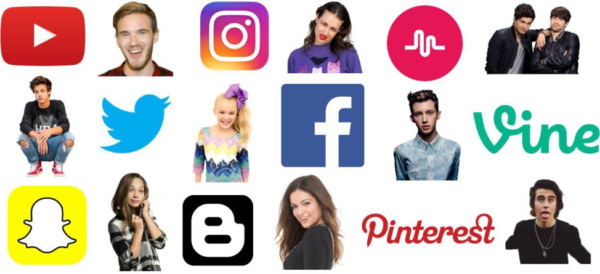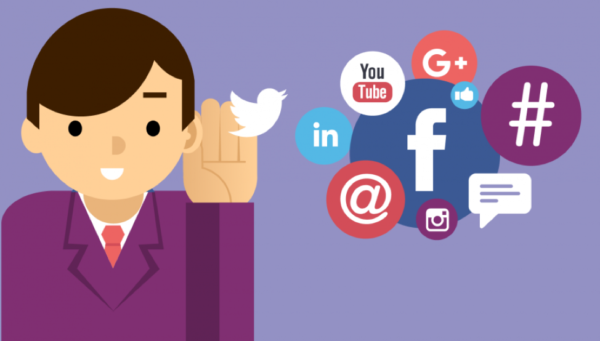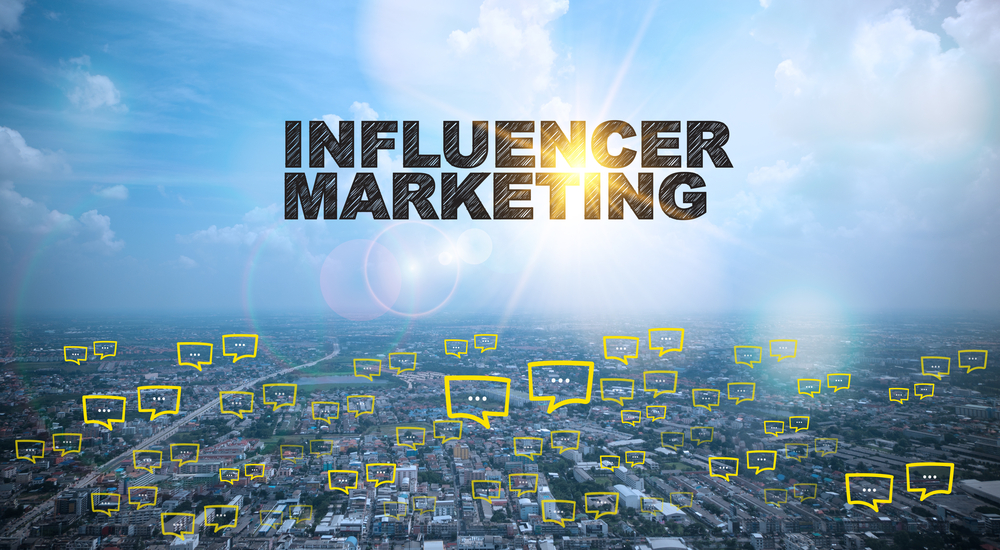It’s the start of 2018, and every marketing and advertising executive is looking into the next big trend or tech. While it’s likely that new service and product launches will change the industry this year, social media will not diminish in popularity.

In fact, according to a report published by The Next Wave, the number of social media users has increased to 3.028 billion, or 40 percent of the world’s population. And as long as social media remains relevant, influencer marketing will enable businesses to keep up with the vocal and ever-changing sentiments of consumers. However, you need to remain on top of the latest influencer trends in 2018 so you can prepare your clients or organization to embrace them. Find out what these trends are below:
Invest in Social Listening
Brands that continue to invest in influencer marketing without actually measuring the ROI derived from it aren’t able sustain in the longer run. The time is just ripe to invest in the right social listening tool that lets you discover what your current and potential clients are saying on social media. This ultimately helps you to decide whether your current influencer campaign is actually working. Moreover, you can use the insights derived out of the social listening data and forward it to the marketing teams in order to convert those into specific marketing strategies to get the maximum benefit.

Diversify Your Crop of Influencers
Brands employ different influencer strategies, but not all hit the mark. It’s time brands think beyond musicians, athletes, and other celebrity influencers. Of course, these social media personalities constitute a large chunk of the influencer marketing environment. A report published by Celebrity Intelligence even mentioned how models-turned-influencers were the biggest brand endorsers last year. But, despite their amazing reach, these stars aren’t as relatable to users as a reliable friend. Brands can improve their engagement by tapping micro-influencers instead.
Audiences seem to trust micro-influencers a lot more because they think of them as extended family members or co-workers with good taste and great recommendations. The micro-influencers audience mainly includes peers who enjoy transparency and authenticity when it comes to promoted services or products. This results in improved positive sentiment and better engagement rates. Brands can take advantage of the intimate bond shared between micro-influencers and their communities.
What’s more, it’s easier to find and connect with micro-influencers too. For example, Influence.co, a service that provides people with the right set of tools to become a professional influencer, features numerous micro-influencers right on their homepage, apart from following up with them right from the same dashboard.
Develop Shoppable Content
Shoppers now prefer online shopping over brick-and-mortar shops. In fact, Black Friday saw shoppers spending $5.03 billion on online sales alone, as per TechCrunch. Though it’s extremely difficult to track hundreds of holiday ad campaigns, shoppable content seems like a surefire way to drive engaged influencer audiences towards businesses, and finally towards purchases. New brand websites receive tremendous traffic initially when micro-influencers post and promote Snapchat and Instagram Stories about them. In fact, shoppable content offerings such as influencer posts containing direct links to services and products has made it easier to further the consumer journey from the engagement stage to actual sales.
What makes this offering great is how simple it becomes to collect accurate data. Now, tracking traffic from social media sites to your homepage is easier than ever. All you need is a rock solid social media plan that takes your branding efforts to the next level. No wonder businesses should concentrate on developing shoppable content in 2018 that allows targeted consumers to immediately buy products that catch their eye.
Trust Influencer Content
Brands need to have faith in the creative abilities of their influencers. They should give these individuals the freedom to develop attractive and authentic content with minimal requirements and guidelines. In 2017, brands had to make do with lesser marketing budgets. But the need for new, innovative branded content has always existed. Companies have no reason to book a studio and employ professional producers and photographers when influencers possess the skills necessary to come up with eye-catching, magazine-quality content. Content distribution through influencers is one of the major content marketing strategies that most B2B businesses follow. Businesses must rely on influencers to combine their unique voice with key messaging to create content that makes the brand and its offerings come alive.
Understand Your Audience As Well As Their Audience
As technology continues to evolve, more aspects of the influencer marketing industry are becoming measurable. For example, not only can we hyper-target influencers now and know more about them, but we can even target their audiences. In 2018, a lot of businesses will be able to see which of their content registers better than average engagement numbers. This will enable them to zero in on what makes these content pieces tick. Brands can not only capture the attention of influencers that cover the same set of topics, but they can analyze their audience and check whether their ideal consumer is present in that group.
Watch Out For New Tactics to Game the System
While new tech introduces better techniques to measure the efficacy of influencer programs, it also creates opportunities to game the system. To make 2018 more transparent, clients need to be asking the right sorts of questions. For instance, if the engagement rates are a lot higher than anticipated, or vary greatly between vendors, you must ask the important question – why. Keep in mind that brands are all working with the same group of influencers who register the same engagement levels on average. If you notice a big difference, it could be due to behind-the-scenes paid media tactics. As long as there is no agreement regarding the standards of reporting in the influencer industry, brands should exercise great caution when it comes to analyzing their service offerings.
Concluding Remarks
2018 signifies the start of many things new for the influencer marketing industry, such as technological developments and hyper-targeting. Companies should utilize these opportunities to their advantage and improve the way they conduct their business.
